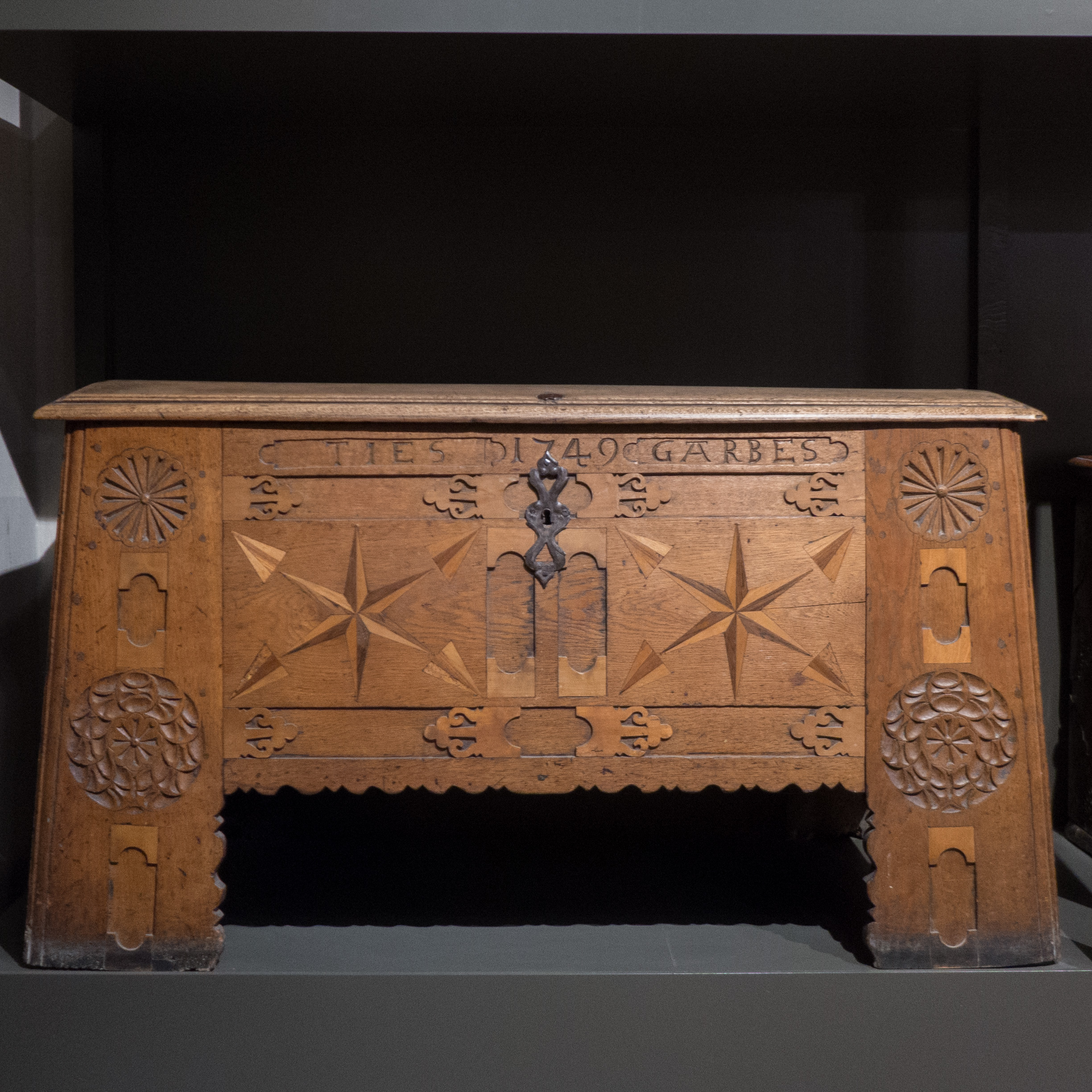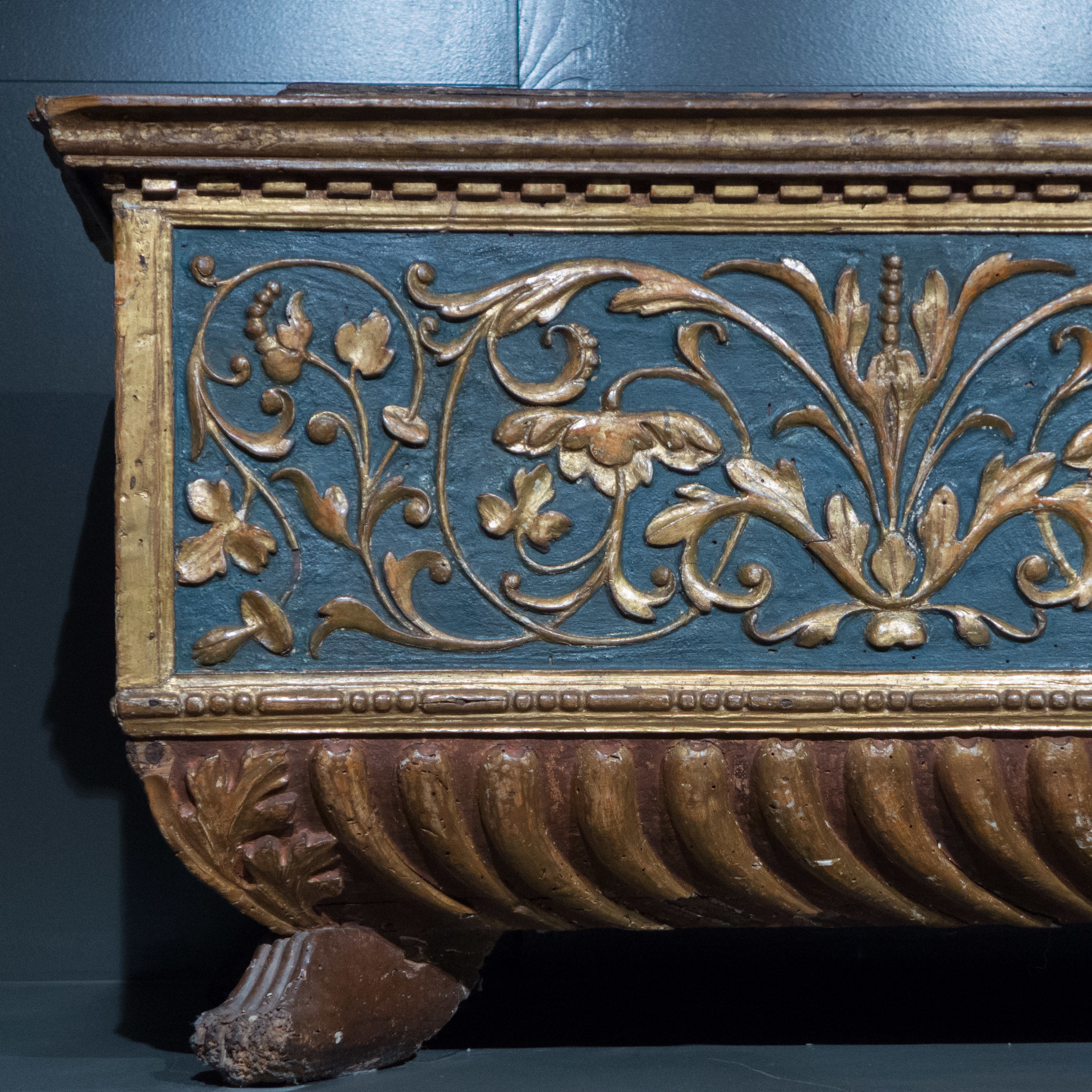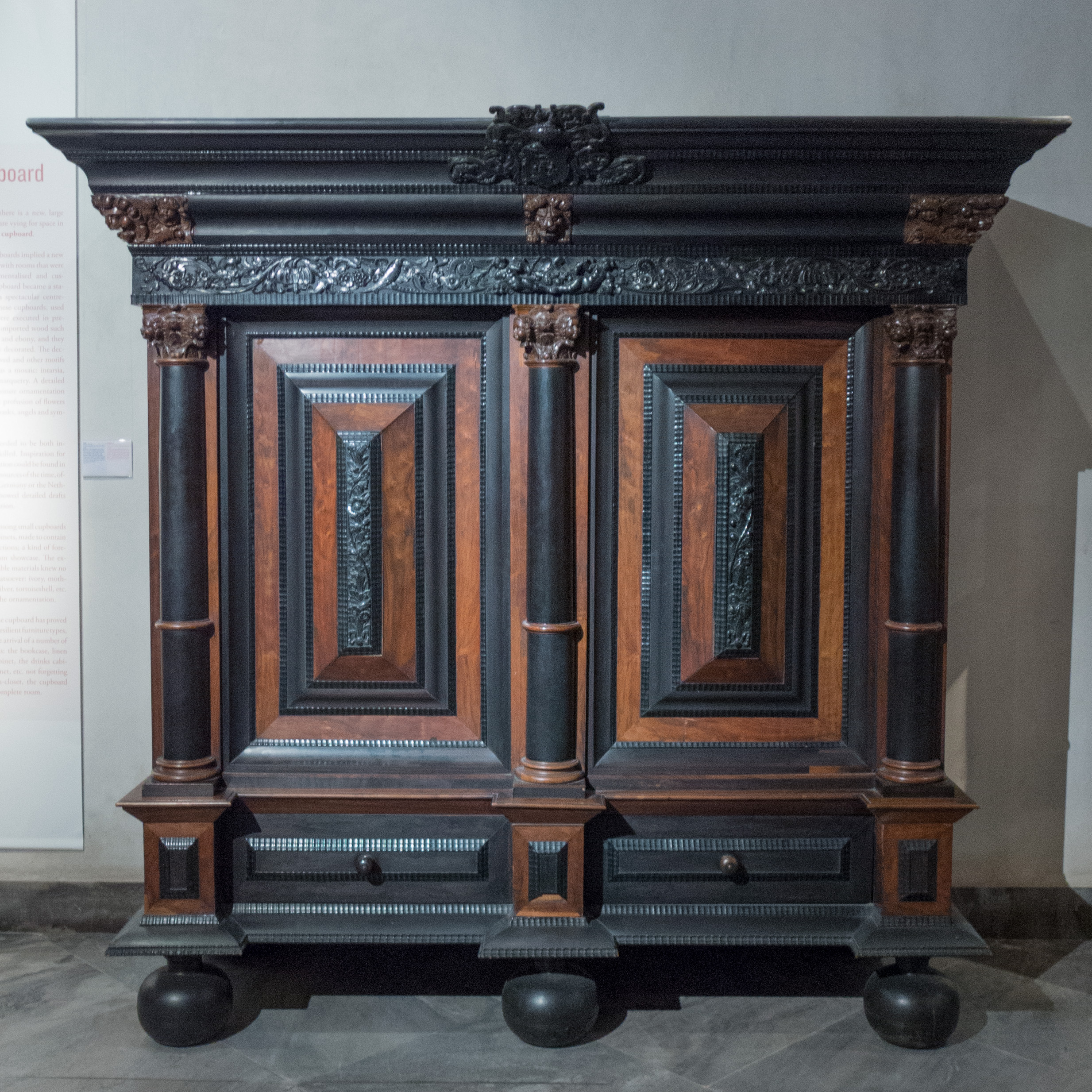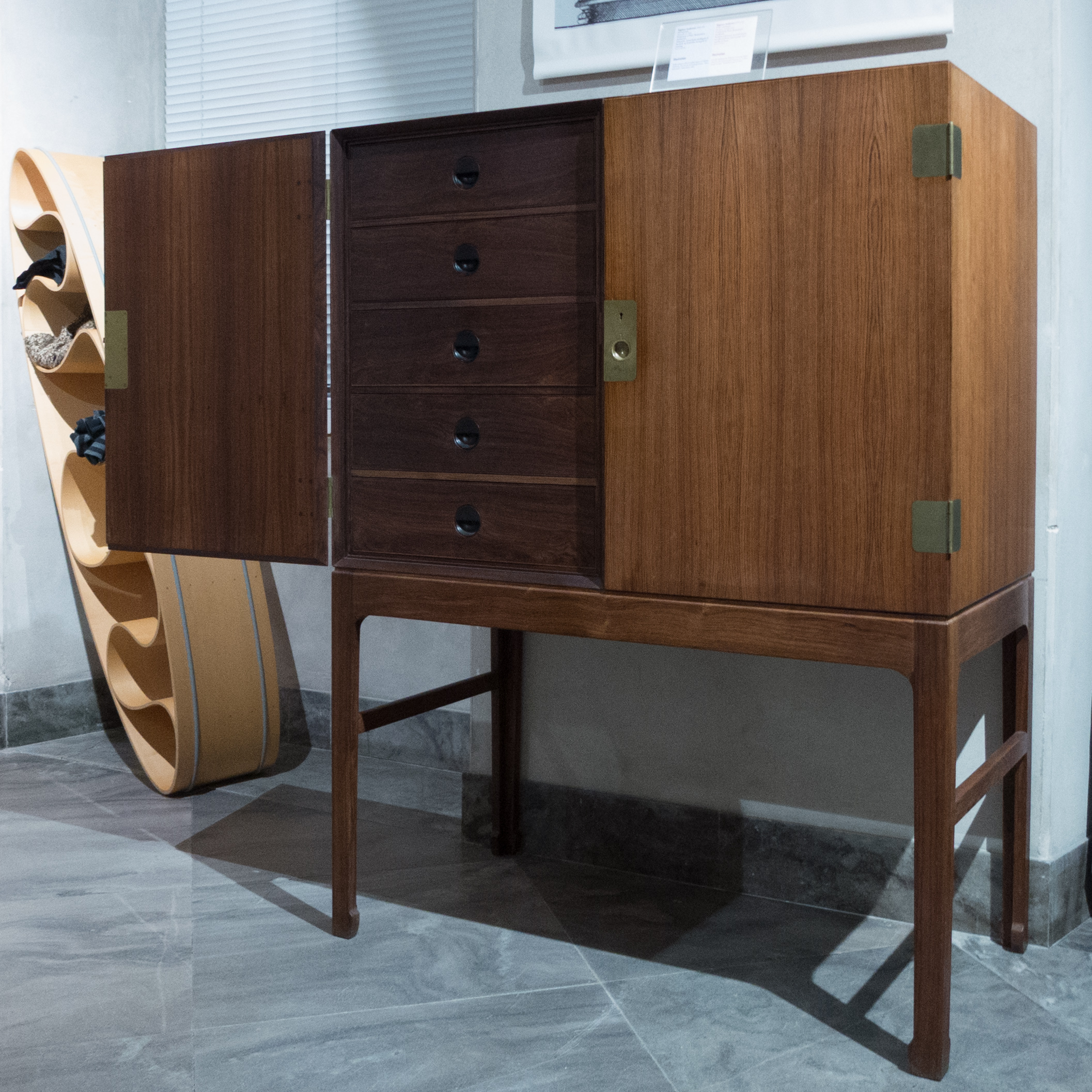skuffer, skabe og skrin - cupboards, cabinets and chests
/In part, this exhibition about furniture for domestic storage at Designmuseum Danmark in Copenhagen was planned to redress a slight imbalance in the permanent collection at the museum that has tended to concentrate on the history of chair design. Early chests on display here and fine pieces of furniture from the 18th and 19th centuries have been in the collection for many years but some of the new storage pieces, from designers working now, have been added recently to extend the collection.
Many of the historic pieces in the exhibition are what might be described as virtuoso furniture that used expensive woods and were produced by master cabinet makers requiring time and skill. Many of the pieces have elaborate carvings or intricate inlay. “The top pieces in this exhibition, therefore, represent the very best and most unusual of their time and not the ordinary or commonly used.”
It is not easy to imagine these pieces in the context of a room and in some cases the precise function is no longer clear … or rather today it is rare to need a cabinet for curiosities, a casket for valuable jewellery - now more likely to be kept in a wall safe - or a press for fine linens.
Clearly, elaborate furniture for storing valuable possessions, mark changes over the years in what was collected or what was deemed important to keep and protect. In the medieval and early modern period chests were used to protect deeds and papers proving ownership of land - obviously no longer necessary - and we would think it odd now to have specially made and locked containers for salt or tea or table knives but all those things, at some point, were so expensive that they were, generally, locked away.
Through the late 19th and the 20th centuries new and specific types of storage furniture appear, though not necessarily for possessions of exceptional value, but including furniture such as writing desks, cocktail cabinets and more recently cupboards or shelving for electronic equipment from televisions, to music players and computers. Through the centuries, storage furniture with a specific function changes as people see different things as important or valuable that they want to be protected or stored carefully.
It is ironic that for most of these pieces of furniture in the exhibition, the contents have long been lost, sold or dispersed and it it is now the container, the storage furniture itself, that has value and is cherished and preserved.





Specialised storage in the exhibition includes caskets, chests, wall cupboards and free-standing cupboards, glass fronted cabinets, bookcases, writing boxes, a bureau or desk, travel boxes for toiletries, wash stands, chest of drawers and wardrobes.
The exhibition shows above all how furniture was used to indicate the wealth and status of the owner by using valuable materials and expensive craftsmanship.
the exhibition continues at Designmuseum Danmark
until the 6th September 2015
